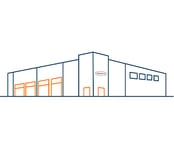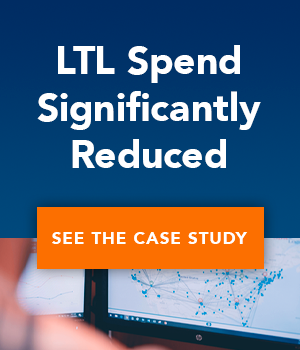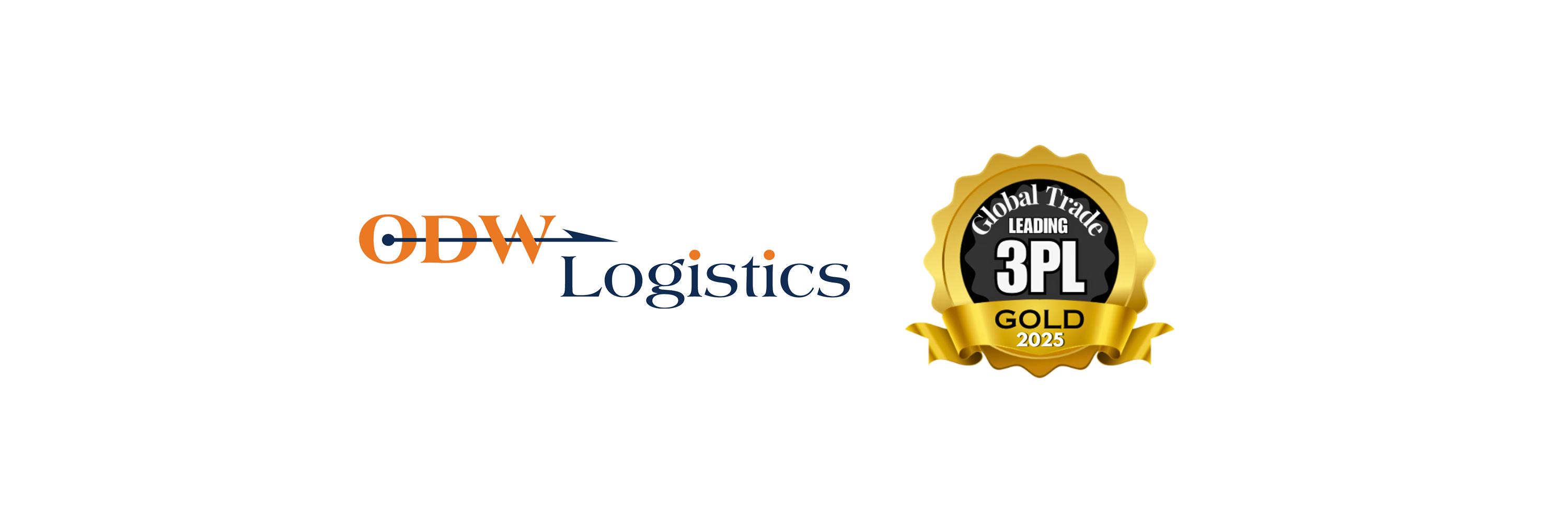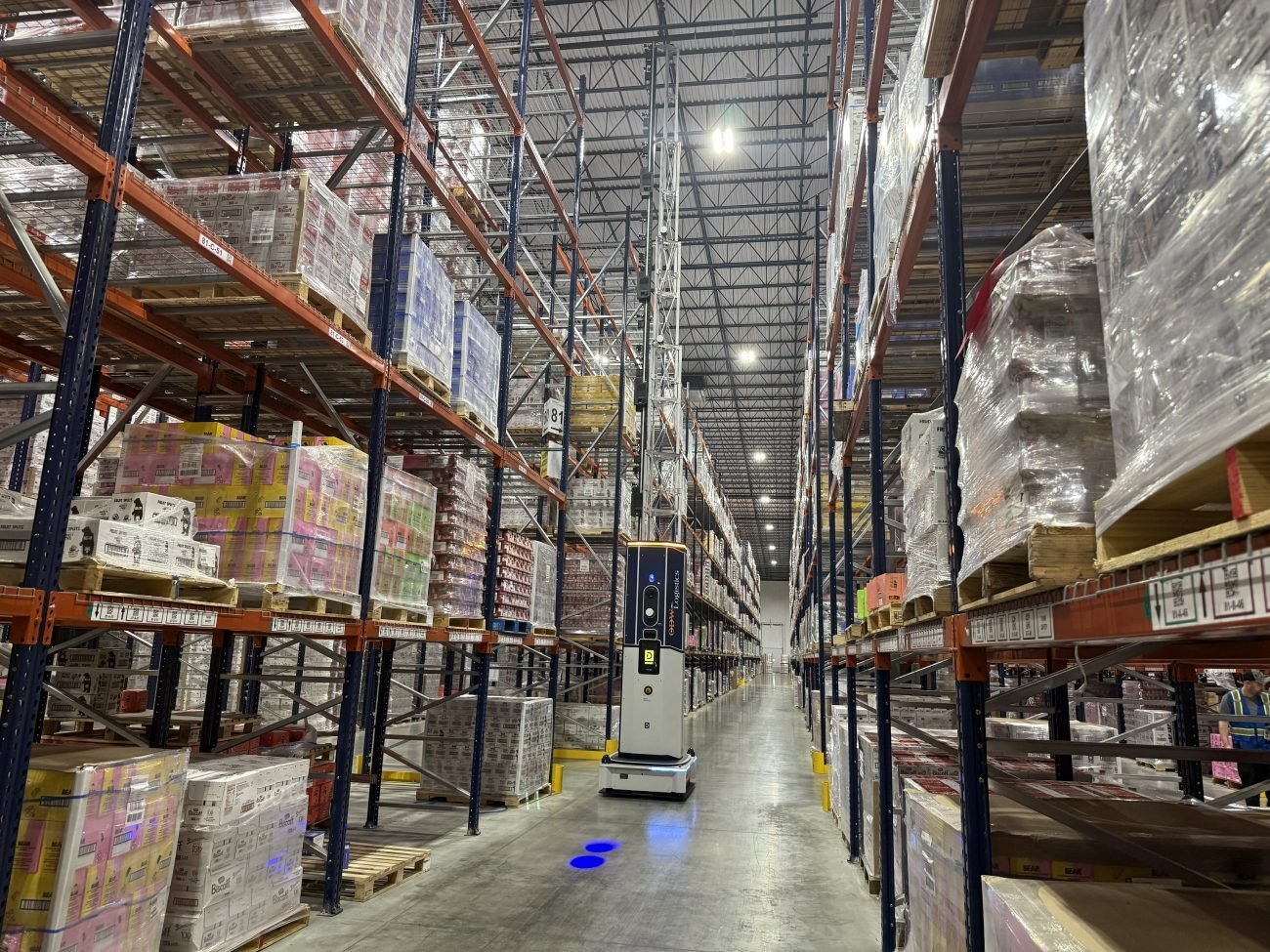
Featuring Phil Schmidbauer of ODW Logistics
Value is not always easy to measure. It’s the same when discussing transportation costs. Lowest cost is not always the best, as poor quality can cost you much more. Corporate supply chain managers need to understand which levers to pull so they can get the best value for every transportation dollar spent.
Competition is driven by consumers who demand better products faster and cheaper than ever before. As every day passes, innovation is driving change and pushing demand for new goods and services. Transportation providers are being pushed to change the way goods are delivered to consumers.
Rising health concerns have led to an increase in local delivery services, including those for groceries. In 2021, e-commerce purchases grew 33% to $792 billion, which accounted for 14% of all retail sales, according to the 32nd annual CSCMP State of Logistics Report.
One thing remains constant for many companies—transportation costs are the most significant part of their logistics budgets. Industry experts estimate transportation is roughly 58% of average corporate logistics costs. At the same time, consumers continue to demand innovative products requiring innovative transportation solutions.
As a supplier, focus on optimizing transportation costs for established distribution or supply networks. Once you have aligned the physical locations of your network, you have essentially determined most of your logistics costs—warehousing, inventory, and most of your transportation costs. The remaining variable costs are then your opportunity to create additional efficiencies.
Now, the dirty work begins. Transportation strategy: insource or outsource? A company must make many tactical decisions when managing transportation. The first decision should be strategic: Is your company going to insource or outsource transportation management? Planners should ask themselves:
Which option will make my company most competitive in the marketplace?
- Will the solution allow us to keep up with the latest technology?
- Do we have or are we willing to invest in the necessary expertise?
- Are we going to drive a competitive advantage?
This decision is not simple, but it is a critical success factor for leveraging the supply chain to create a competitive advantage. Once this decision is made and executed, a company can begin to focus on ways to optimize their transportation spend.
In this case, “optimize” means achieving the lowest possible transportation cost that supports the end customers’ desired service level.
Key levers for managing transportation cost. Many factors can impact a company’s transportation cost. Let’s focus on a few key areas to help better manage your company’s supply chain to optimize transportation spend.
Rate negotiation—It is imperative to have a process to secure market competitive rates. There are various strategies for securing rates from carriers that vary by mode, but a company will need a process to manage those rates. need a process to manage those rates.
- Parcel. Discounts are usually larger with increased volume in the parcel market, and it makes most sense to leverage your company’s volume with one provider.
- Intermodal. In this sector it’s most important to secure capacity, which can be accomplished with a volume commitment.
- LTL. Focus on the lanes you use and solicit bids from a variety of carriers to leverage competition in each lane. Utilize each carrier’s strong suit on a lane-by-lane basis.
- Truckload. Optimization will vary based on your company’s network and strategy. Rates can be dedicated for consistent volume, through carriers’ direct, spot-market brokerage, or some mix of the items above. Some networks may be best managed through multiple brokers competing for business.
Mode selection—Picking the right mode for your freight is basic, but important. Managers must balance service and cost, but also need to understand how to gain efficiencies within each mode.
Parcel and LTL shipments move on tariffs with many confusing contracts and rules. If these are a large part of a company’s network, it will be necessary to have experienced professionals managing this part of the business. Truckload and intermodal are generally dedicated to just your shipments but should also be utilized efficiently.
Carrier selection—Every network is going to need a mix of transportation providers and carrier options to be most efficient. The idea here is to build competition in the network where it makes sense. Any good network will have a variety of carriers or providers to best leverage cost and quality during the tactical management of the transportation network.
Transportation optimization—First, focus on using the fewest transportation dollars to move your products. At times, it can make sense to spend more on transportation to save on another logistics cost.
Companies encounter many complexities when managing transportation cost and customer service. Transportation optimization is about planning loads most effectively to best utilize modes, carriers, and service levels to save the most money.
Many companies optimize modes, but then use the wrong carrier or pay more for a service level that is not required. A few questions you should ask:
- What technology are you using? How does it optimize cost?
- Are you measuring truckload and container utilization?
- Are you using the proper parcel service? How are you auditing this?
- Are you leveraging the right LTL providers?
- What key metrics are you measuring?
- How do your key metrics drive action?
Underutilized truckloads and containers can be expensive. Using the wrong LTL provider going into a specific shipper can cost time, money, and customer satisfaction.
There are many critical details in a transportation network and companies should be careful to manage them diligently.
Freight characteristics—Many product characteristics impact the transportation cost of freight. While this list is not all-inclusive, it provides a good start:
- What is the density of the product?
- Does the product damage easily?
- What’s the value of the freight?
- How well is the freight packaged?
- Is the product hazardous?
- Is special equipment necessary?
Facility characteristics—The transportation market is fragile right now. Drivers are at a shortage and equipment is becoming scarce. A company must understand how facility characteristics impact charges:
- What are the hours of operation?
- Are appointments required?
- Is the facility easy to locate and navigate?
- Are transportation providers treated fairly?
- Are shipping and receiving locations easy to deal with?
Every company has a different logistics network and strategy to manage their networks. The key to success is understanding which levers to pull and how those levers will change the desired outcomes.
There is no right or wrong answer to the question of how to manage transportation. There will always be new technology, processes, and methods and it is critical that companies build continuous improvement into their logistics program. Measured success should be the goal for every organization.
Supply chain optimization. In the section above, we talked about transportation cost optimization. While it is important to understand how to control cost, it may not always be the most optimal to choose the lowest-cost option.
For example, if a consignee is going to charge the shipper a $10,000 fine for being late, the shipper might find it advantageous to pay $2,000 more for a shipment for a more reliable service that will likely avoid that fine. Quality service can cost more and may improve customer satisfaction—which might not necessarily be measured in dollars.
Effective supply chains can be an asset to a company and its customers. Companies should be careful to measure what is meaningful to their business. Measured improvement aligned with the satisfaction of the end customer will drive success within the organization.
Source: Inbound Logistics
ODW Logistics
Since 1971, we’ve been providing warehousing, distribution, and transportation solutions for hundreds of brands. We operate as an extension of your business to control costs throughout your supply chain that deliver you a competitive advantage over your competition.RECENT POSTS
Introduction: The Evolving Landscape of E-commerce Fulfillment In the fast-paced world of online retail, customer expect...
Dec. 18, 2025 09:26 AM
ODW Logistics has been named a Top 50 Third-Party Logistics (3PL) Provider by Global Trade magazine and recognized in th...
Dec. 17, 2025 09:33 AM
December 3, 2025
Dec. 04, 2025 09:10 AM









.jpg)

